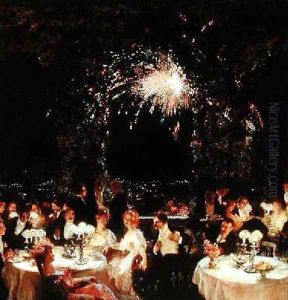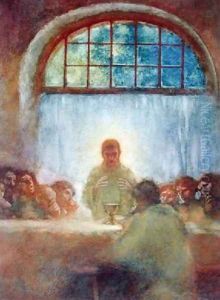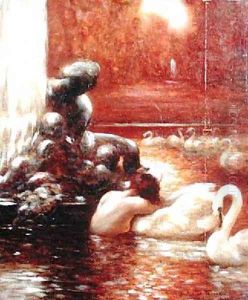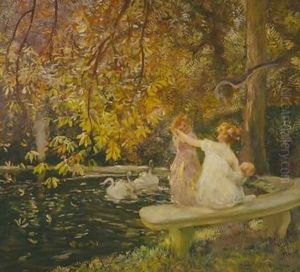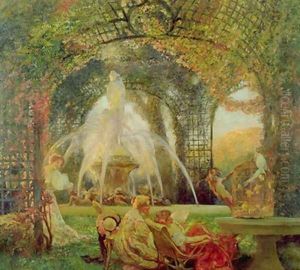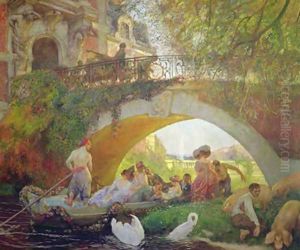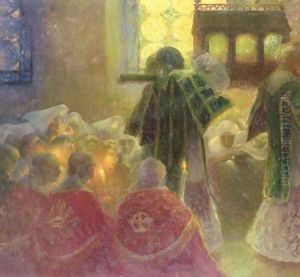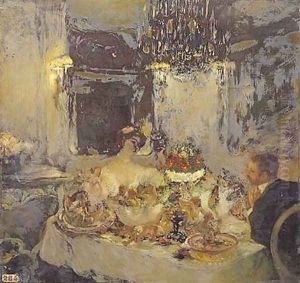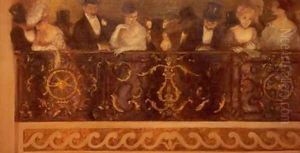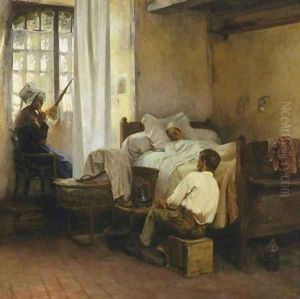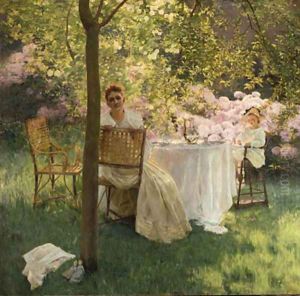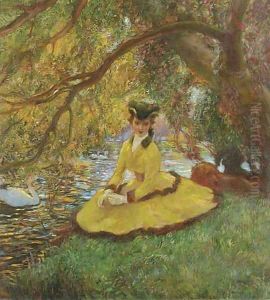Gaston de La Touche Paintings
Gaston de La Touche was a prominent French painter and illustrator whose work spanned from the late 19th century into the early 20th century. Born on October 29, 1854, in Saint-Cloud, a suburb of Paris, La Touche showed an early interest in art. Initially self-taught, he later received formal training under various artists, including Félix Brissot de Warville, a landscape painter. This training helped him develop a unique style that combined elements of academic art with the emerging Impressionist movement.
La Touche's early work was heavily influenced by the Realism movement, focusing on the depiction of everyday life with a keen eye for detail. However, his style evolved significantly over the years, incorporating more light and color, which reflected the influence of the Impressionist and Post-Impressionist movements. He became known for his vibrant use of color and ability to capture the interplay of light and shadow, characteristics that defined much of his later work.
Throughout his career, La Touche enjoyed considerable success. He was a versatile artist, adept at both oil paintings and watercolors, and his subject matter ranged from portraits and landscapes to historical and mythological scenes. His work was exhibited in many of the major salons and galleries of the time, and he was awarded several prestigious awards, including the Legion of Honour in 1900.
La Touche was also influenced by the decorative arts movement of the time, and he ventured into tapestry and mural painting. His decorative projects include works for the Sorbonne and the Hôtel de Ville in Paris, showcasing his versatility and ability to work on a grand scale.
Despite his success, La Touche struggled with periods of depression throughout his life. He continued to paint and exhibit his work until his death on July 12, 1913, in Paris. Today, Gaston de La Touche is remembered for his contribution to the transition between traditional and modernist art forms, and his works are held in numerous public and private collections worldwide.
